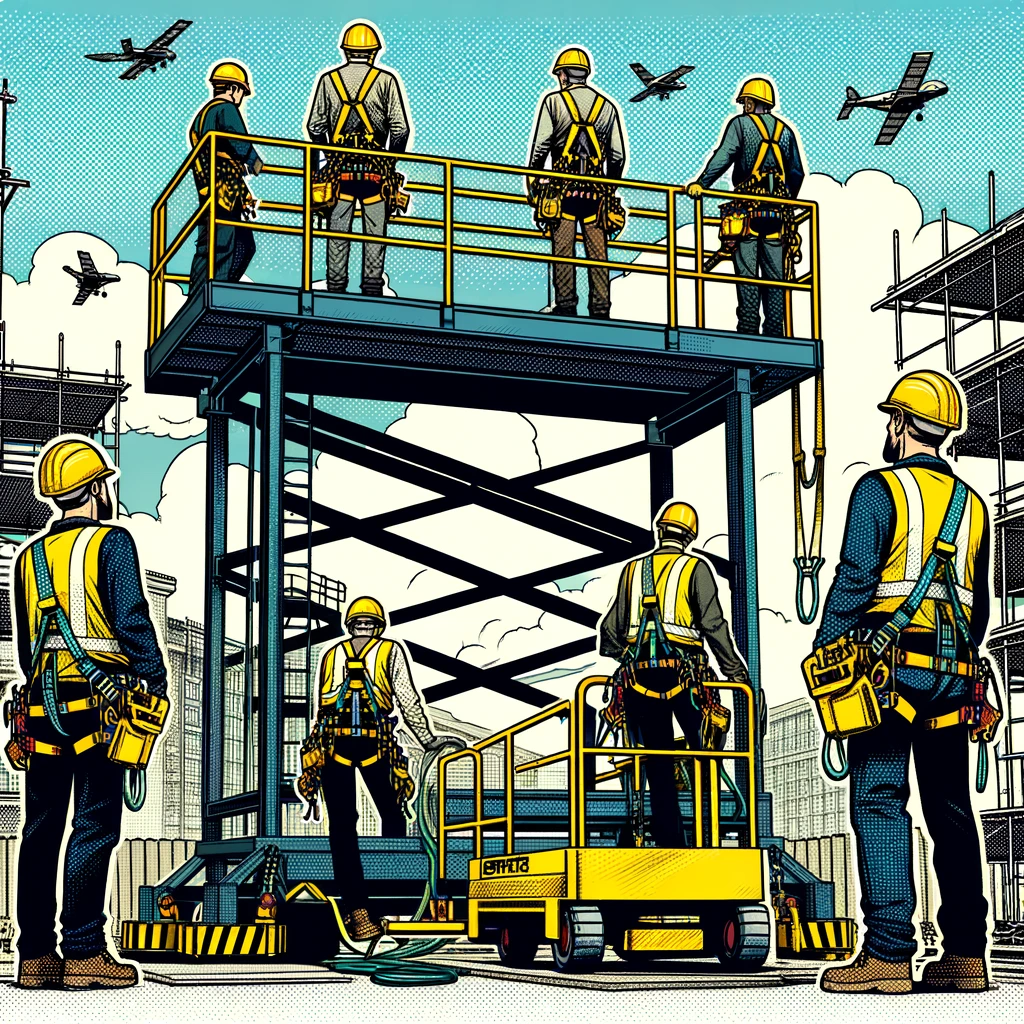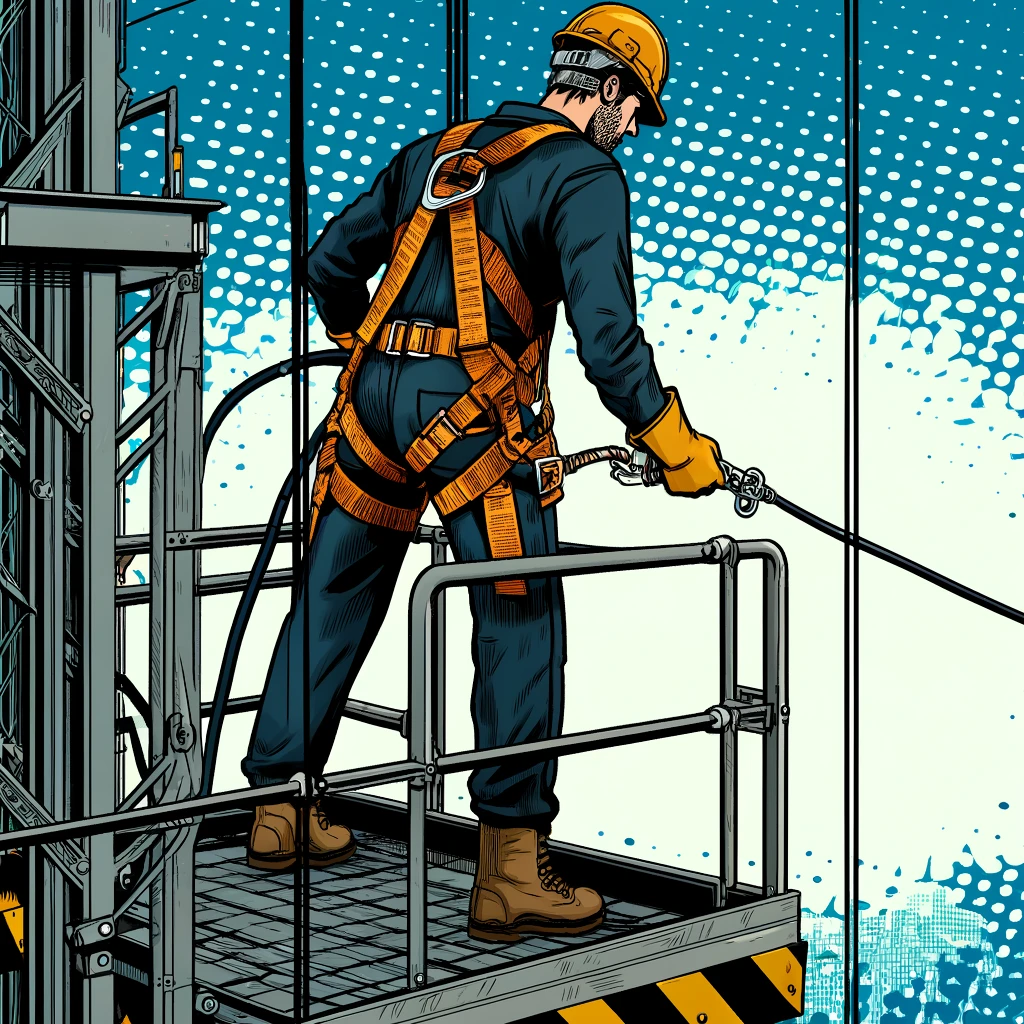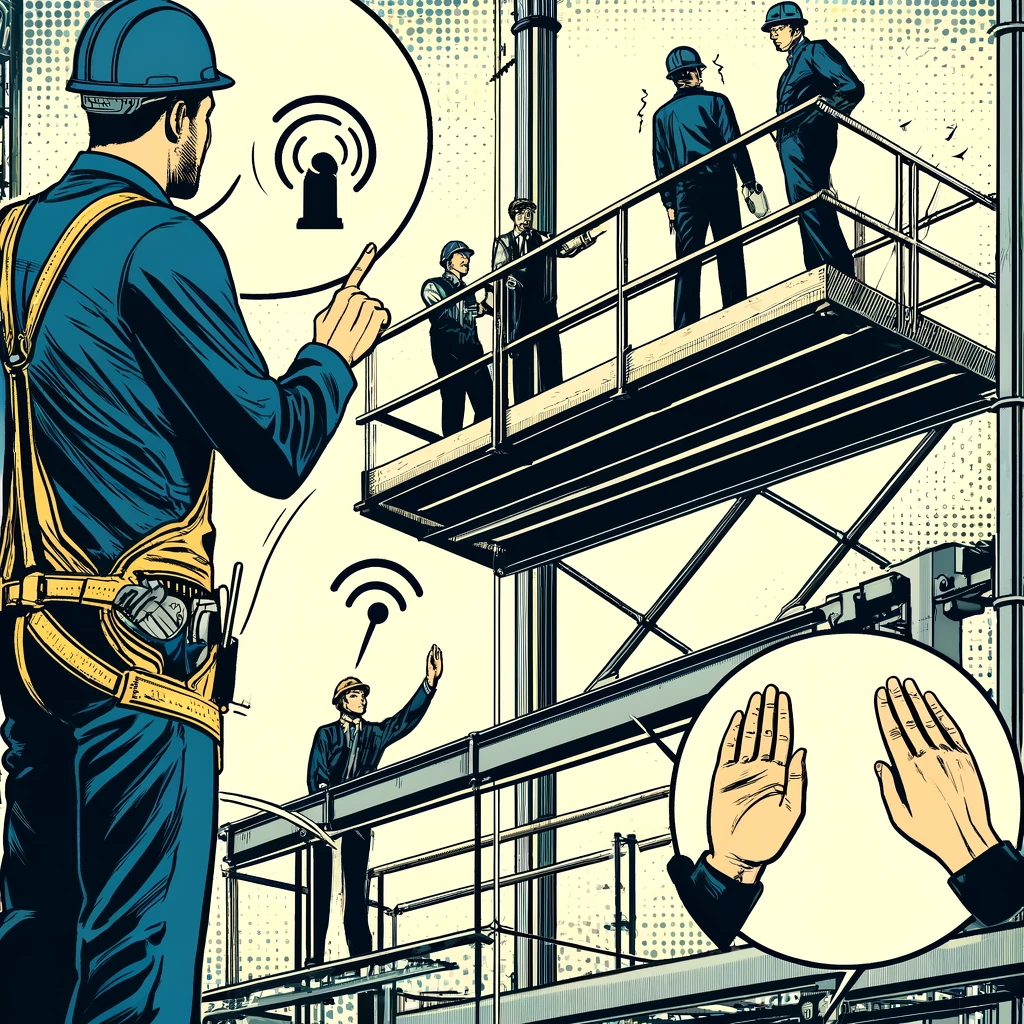If you are working on high platforms or scaffolds as a construction worker, you must take proper training under the guidelines of the Elevating Work Platform Association (EWPA) of Australia before taking the job.

Working at great heights and on elevated work platforms involves several risk factors. Such a job is highly prone to accidents, physical injury, personal trauma, and falling from a great height. In several cases, such injuries result in death. According to a report issued on July 18, 2023, by WorkSafe Victoria (an Australian government body), two employees have been crushed in separate EWP incidents recently. Both became trapped between the platform of the EWP and a fixed structure. One employee died, and the other was injured.
You must pursue relevant courses to stay safe. Doing relevant courses is highly required if you work in the construction industry or on overhead electric wire projects. There are several risks to working at a great height. We are pointing out below five common risks faced by workers while working at an elevated place:
- The uneven and unstable ground may cause accidents.
- Failure of machines, snapping of lift wires, sudden collapse of scaffolds
- Solid and weighty objects falling from above on your head and body
- Risks of working under electrical lines, overhead structures, and trees
- Suffering from vertigo and falling to the ground.
These are the common risks a worker is exposed to while working in an elevated place.
How Can Training in Heights Help You?
If you train properly at great heights, you can do your job without accidents. If you have a Yellow Card and are working in Australia, you know all the safety norms specified by the EWPA.
A course on working at height can help you in several ways. We are explaining below five such reasons to enable you to know why you should take training or obtain a Yellow Card:

Identification of Elevated Place Work Requirements: This means a course can help you understand and assess elements of the risk of working at heights. You have learned the essentiality of fully equipping yourself with protective gear and PPE.
Proper Working Method: You can safely work in an elevated place if you know of such issues as:
- Fall of heavy objects from above
- Causes that can imbalance you at a great height
- Physical signs and alerts to fellow workers
- Safely moving heavy equipment and mechanized instruments.
Safe Installation of Equipment at Height: Your life is in peril if this is not done. A course can help you install machinery and equipment according to the government’s norms.
Job Engagement at Height: Working at heights is very risky. For this reason, you must follow the guidelines for securely positioning yourself at heights, moving your hands without causing heavy materials to fall, and shifting machines with care.
Safety Rules in the Dismantling of Day’s Job: After a job is finished for a day at a height, it is now time for clean-up. You have to clear the area but at a certain height. Here, you must follow all protocols when carrying down or lifting heavy equipment and machinery.

If you are well trained, you can easily execute all these jobs without suffering any personal injury. You should take the Working at Heights course to learn about work nature, work-related risks, dangers to life, and how to play safely while working in an elevated place.
Conclusion
Multiple hazards are involved while working on an elevated place, a high-rise platform, or standing on a ladder or scaffold. But these are common at any overhead wiring job, in high-rise buildings (like whitewashing or painting the walls), and on construction sites. If you are not well-trained in performing these jobs, you may suffer trauma or even subsequent death. For this reason, the Australian government always wants the workers to be trained in handling risks while working at height. The EWPA regularly runs courses and trains workers who work at heights or in elevated places.

